A Peer in Paris
As Paris buzzed with intrigue during the AmericanRevolution, Lord David Murray, the seventh Viscount Stormont, the Britishambassador to Louis XVI's court and chief of intelligence, was at the center ofthis complex web of intrigue. Appointed in 1772, Stormont was a Scottish peerrelated to Lord Mansfield, the chief justice who had ruled against colonialprotests during the Stamp Act crisis of 1765. His diplomatic cover cloakedespionage aimed at blocking French support for the rebelling colonies.
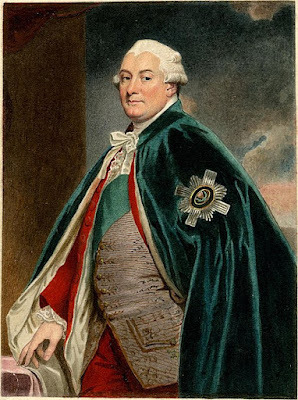 Lord Stormont
Lord Stormont
The 1776 Declaration of Independence upped the stakes.George Washington's Continental Army faced severe shortages of weapons, powder,and funds. Franklin's arrival in Paris in December was a game-changer: thePhiladelphian captivated French intellectuals and aristocrats alike. He lobbiedForeign Minister Charles Gravier, the Comte de Vergennes, for more covert aid.Vergennes, estimating the strategic blow to Britain, authorized secretshipments through intermediaries, such as the front company Rodrigue, Hortelez& Cie.
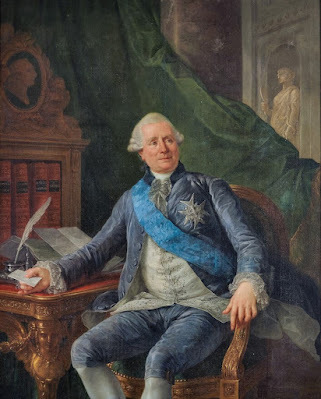 Comte de Vergennes
Comte de Vergennes
From his Rue du Faubourg Saint-Honoré estate, Stormont took thisas a dire threat. His network, funded by Whitehall subsidies and coordinatedwith Loyalist exiles, became Britain’s eyes and ears in a city full of conspiracy.At the core of Stormont's operation was Dr. Edward Bancroft, aMassachusetts-born physician and chemist whose scientific credentials maskedhis duplicity. Recruited in March 1776 by British secret service agent PaulWentworth, a wealthy Loyalist tobacco merchant acting as Stormont's intermediary,Bancroft had infiltrated the American mission.
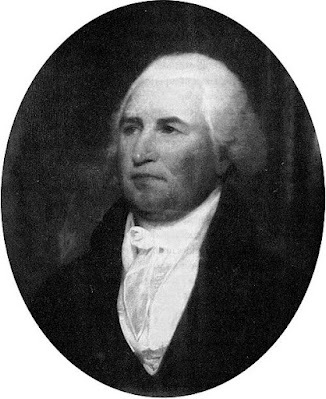
Edward Bancroft
Placement and AccessServing as Silas Deane's secretary—the Connecticut merchanttasked with buying munitions—Bancroft gained access to Franklin's villa inPassy, a hub of covert diplomacy. From there, he documented every detail:Vergennes' promises of gunpowder, arms shipments disguised as commercial cargo;the negotiations over loans to fund the American cause. Bancroft’s use ofspycraft was brilliant. He used stain (invisible ink), hidden papers, andpseudonyms.
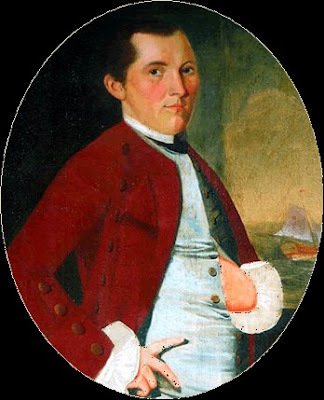 Silas Deane
Silas Deane
He made weekly visits to a “dead drop" in a crevice atthe base of a tree on the south terrace of the Jardin des Tuileries. Stormontdispatched his private secretary, Thomas Jeans, who retrieved these drops underthe cover of darkness. Stormont’s instructions and new requests forintelligence were also left by Jeans, often accompanied by payments of up to£500 annually.
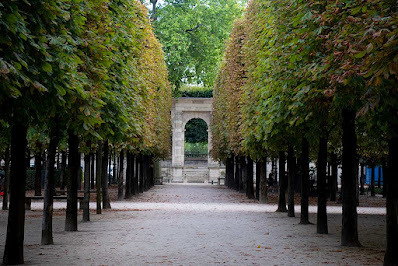 Jardin des Tuileries
Jardin des Tuileries
By April 1777, asnegotiations between France and America intensified, Bancroft's leaks includedverbatim transcripts of commissioners' minutes and drafts of the 1778 Treaty ofAlliance. One dispatch, smuggling the final version of the treaty, reached KingGeorge III within 48 hours of its signing in Paris, allowing Britain to preparenaval responses.
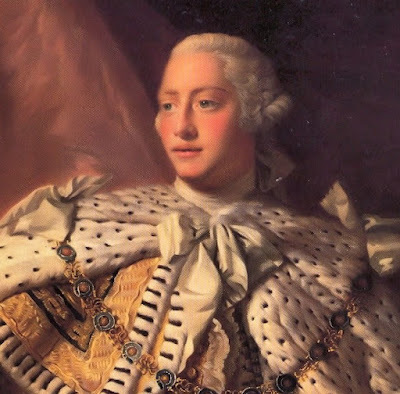 King George III
King George III
Stormont used this intelligence in heated meetings withVergennes, citing specifics to accuse France of violating the 1776 Treaty ofCommerce and demanding inspections—his démarches spawned hesitation and boughtBritain months of breathing space.
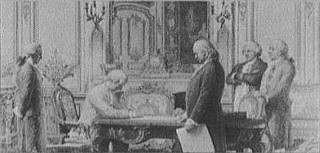 Signing the Treaty
Signing the Treaty
His influence reached the Atlantic ports ofLorient, Brest, and Nantes, which were crucial points for American supplies.Here, a network of embedded agents—dockyard foremen, corrupt customs officials(douaniers), and bribed ship chandlers—monitored rebel privateers such as the USS Reprisal,commanded by the daring American Captain Lambert Wickes.
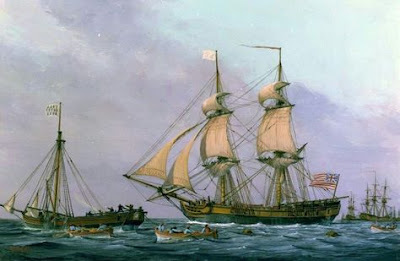 USS Reprisal
USS Reprisal
Stormont’s informants tracked illegal exchanges: Americantobacco and indigo were traded for Charleville muskets and gunpowder, which wasrouted through Roderigue Hortalez et Cie.
Actionable IntelligenceIn July 1777, Lambert Wickes' squadron escorted a Dutchconvoy loaded with arms past Ushant. Stormont's informers provided intelligencethat led the Royal Navy to intercept the convoy, seizing prizes worth £100,000. Asthe British ambassador, he issued a strong démarche to Versailles. Thispressured Vergennes to issue mild protests against "illegal" sailing. Although enforcement was pro forma,Stromont’s protests delayed France’s full naval involvement until 1778.
 Illegal Sailing
Illegal Sailing
Meanwhile, spymaster Stormont developed a mole within theForeign Ministry's Archives Section—a junior archivist, possibly bribed with500 louis d'or—who stole dispatches from locked cabinets.
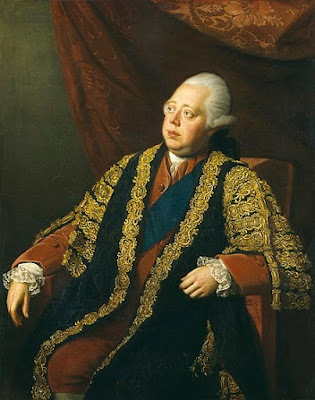 Lord North
Lord North
Breaking into the Quai d'Orsay's bureaucracy was a masterstroke against the French. These stolendispatches revealed Franco-American subsidies, as well as overtures to Spain'sCharles III for a Mediterranean diversion against Gibraltar. Stormont forwardedcopies to London via secure couriers, helping Prime Minister Lord North lobbyneutral European nations, such as the Dutch, against Bourbon plans.
Unplugging the ElectricianBut no target infuriated Stormont more than Franklin, the"electrician of sedition,” whose charm threatened French neutrality.Intercepts exposed Franklin's secret letters to William Petty, the second Earlof Shelburne, a Whig opposition leader who called the war "madness"in Parliament and secretly provided £10,000 to American agents such as ArthurLee.
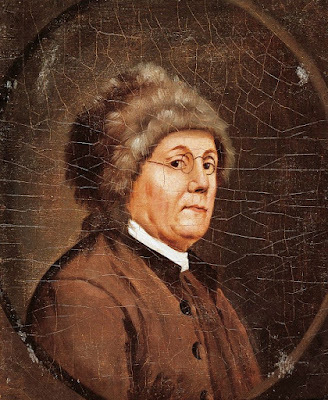 Benjamin Franklin
Benjamin Franklin
In a slick psychological operation, Stormont leaked"correspondence" accusing Franklin of treasonous dealings—leakingrebel plans to Lord Shelburne for personal gain.These accusations were circulated in London newspapers and Paris coffeehouses,sparking a scandal.
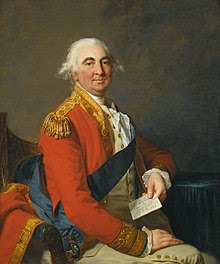 Lord Shelburne
Lord ShelburneAngered at the false reports, Shelburne fought a duel withhis purported accuser, Colonel William Fullarton, in Hyde Park, but bothsurvived unscathed. This episode damaged trust within the American delegation,with Deane suspecting Lee of leaks and making French courtiers wary of deeperinvolvement. It also provided the predicate for my fifth novel in the YankeeDoodle Spies series, The Reluctant Spy.
Success and FailureLord Stormont’s web of espionage delayed French armsshipments, kept London apprised of secret negotiations, and sowed discord amongboth French and American diplomats. However, Stormont's efforts in Paris could not stopthe momentum of support for America by France, Spain, and the Netherlands.
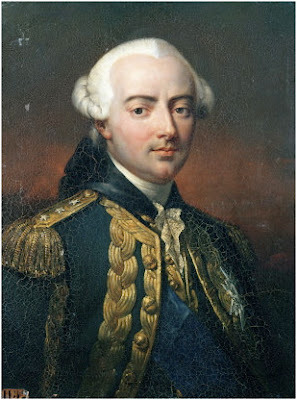 Admiral d'Estaing
Admiral d'Estaing
After the treaty of alliance was signed in 1778, Frenchfleets under Admiral d'Estaing sailed for Savannah, shifting the war. Stormont, whoseprotests were ignored, was recalled that June — bringing a great sigh of reliefto Vegennes and Franklin. Although his network dissolved, its efforts hadsustained the British struggle for two more years—a testament to the power ofespionage in the forging of revolution.
The Peer's PostscriptIn a final note, Edward Bancroft's treason to America wasnot revealed in 1889 — from Stormont's secret papers—highlighting how Britain’sintelligence secrets were sustained over many decades.



